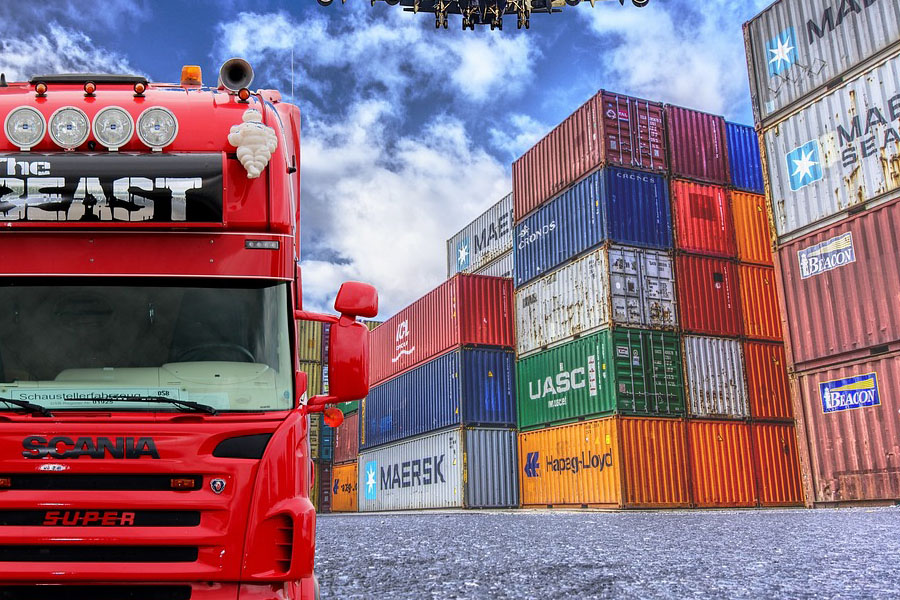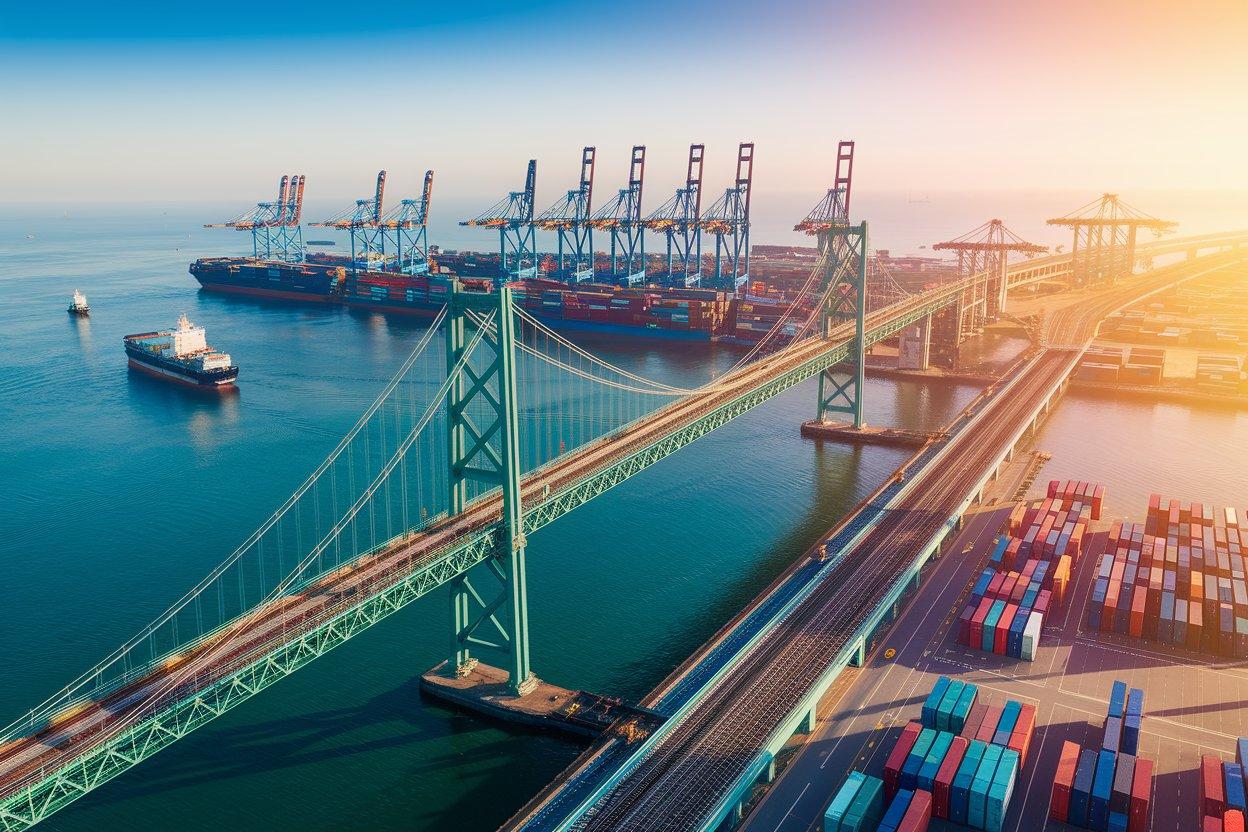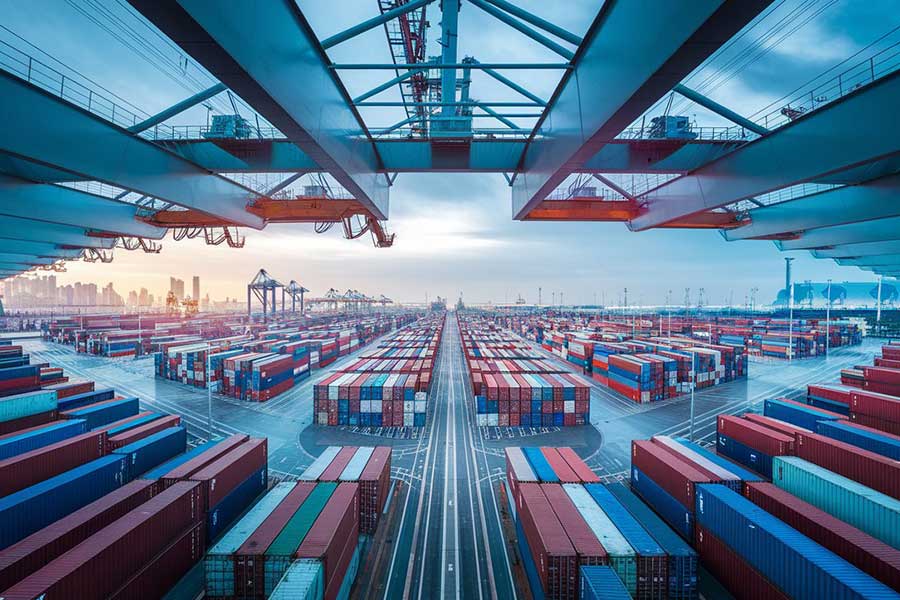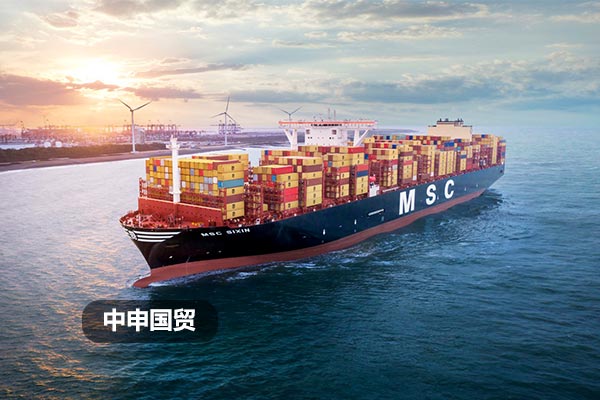- Shanghai Zhongshen International Trade Co., Ltd. - Two decades of trade agency expertise.
- Service Hotline: 139 1787 2118
Home » Trade Essentials » How to become an agent for export wall lamps? These 12 practical questions must be understood!
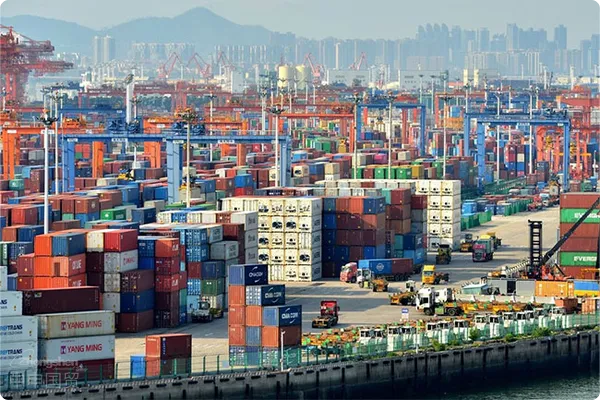
1. How to choose a qualified export wall lamp agent service provider?
When selecting a proxy service provider, the following key factors should be prioritized:
- Qualification Verification: Request for submission of Customs AEO certification,import and exportCertificate of Rights, International Trade Insurance Purchase Records
- Industry experience: At least 3 years of export cases for lighting products, especially successful cases involving EU CE certification and US UL certification.
- Service network: Confirm its customs clearance partners and after-sales service system in the target market (such as localized services in GCC certification regions like the Middle East).
II. What mandatory certifications are required for wall lamp exports?
There are significant differences in certification requirements across different markets:
- European Union Market: CE Certification (EN 60598 Standard) + RoHS Environmental Certification
- North American Market: UL Certification (UL1598 Standard) + FCC Electromagnetic Compatibility Certification
- Middle East market: SASO Certification (Saudi Arabia) + IECEE-CB Certification (UAE)
- Emerging markets: Starting from 2025, ASEAN countries will require the provision of the ASEAN Common Product Certification (ACCS).
III. How to Optimize the Logistics Costs for Wall Lamp Exports?
Select the optimal transportation solution based on product characteristics:
- Material classification:
- Glass material: Recommended packaging in 40HQ container + custom wooden crate.
- Metal material: Consider LCL (Less than Container Load) shipping + rust-proof treatment.
- Declaration accuracy rate:
- : Cooperate with the top 30 global ports AEO - qualified logistics providers to prioritize customs inspection and reduce the cargo - damage rate.China-Europe Railway Express(Processing time: 18-22 days) Faster thanAir TransportationSave 40% on costs
- Bulk cargo: Priority selectionMaritime TransportationFull Container Load (FCL) + Self Pickup at Destination Port
IV. How to Handle Tariff Issues for Export Wall Lamps?
Changes in Tariff Policies for Major Markets in 2025:
- US Market: Wall lights are classified under 9405.10.00, with a base tariff rate maintained at 3.9%, but smart wall lights may be subject to Section 301 additional duties.
- European Union Market: The tariff for ordinary wall lamps is 4.5%, withsolarThe function is reduced to 2.7% (energy efficiency certification required).
- Avoidance recommendations: Through the RCEP rules of origin, exports between China and ASEAN can enjoy zero-tariff treatment.
5. How to Grasp the New Trends in the Wall Lamp Market by 2025?
According to the latest industry data (Source: Global Lighting Association):
- Technology Trends: Smart wall lamps (voice control/human body sensing) export volume increased by 23% annually.
- Material Trends: The demand for recycled aluminum lighting fixtures has increased by 18%, requiring preparation of material traceability certificates.
- Design trends: The penetration rate of modular wall lights in the European and American DIY markets has reached 37%.
VI. Emergency Response Plan for Common Issues
Typical Problems Encountered in Practice and Their Coping Strategies:
- Cargo damage claims: It is recommended to purchase ALL RISK marine insurance (the premium rate is approximately 0.3% of the cargo value).
- Certification invalid: Establish a certificate validity period early warning system (e.g., CE certification requires renewal every 5 years).
- Exchange Rate Fluctuations: Adopt forward contractsFX Settlement AgencyLock-in exchange rate (major banks will offer 180-day lock-in exchange services in 2025)
VII. Analysis of Successful Agency Cooperation Cases
A Zhejiang wall lamp manufacturer achieved through professional agency:
- Nordic market: Completed the cold-adaptation modification of the product (certified for -30℃ testing), reducing logistics costs by 28%.
- Middle East market: Through localized modifications (adding dust covers), the product achieved a premium of 15%.
- North American Market: Leverage the USMCA to establish assembly centers in Mexico to circumvent tariffs.
Related Recommendations
? 2025. All Rights Reserved. Shanghai ICP No. 2023007705-2  PSB Record: Shanghai No.31011502009912
PSB Record: Shanghai No.31011502009912

